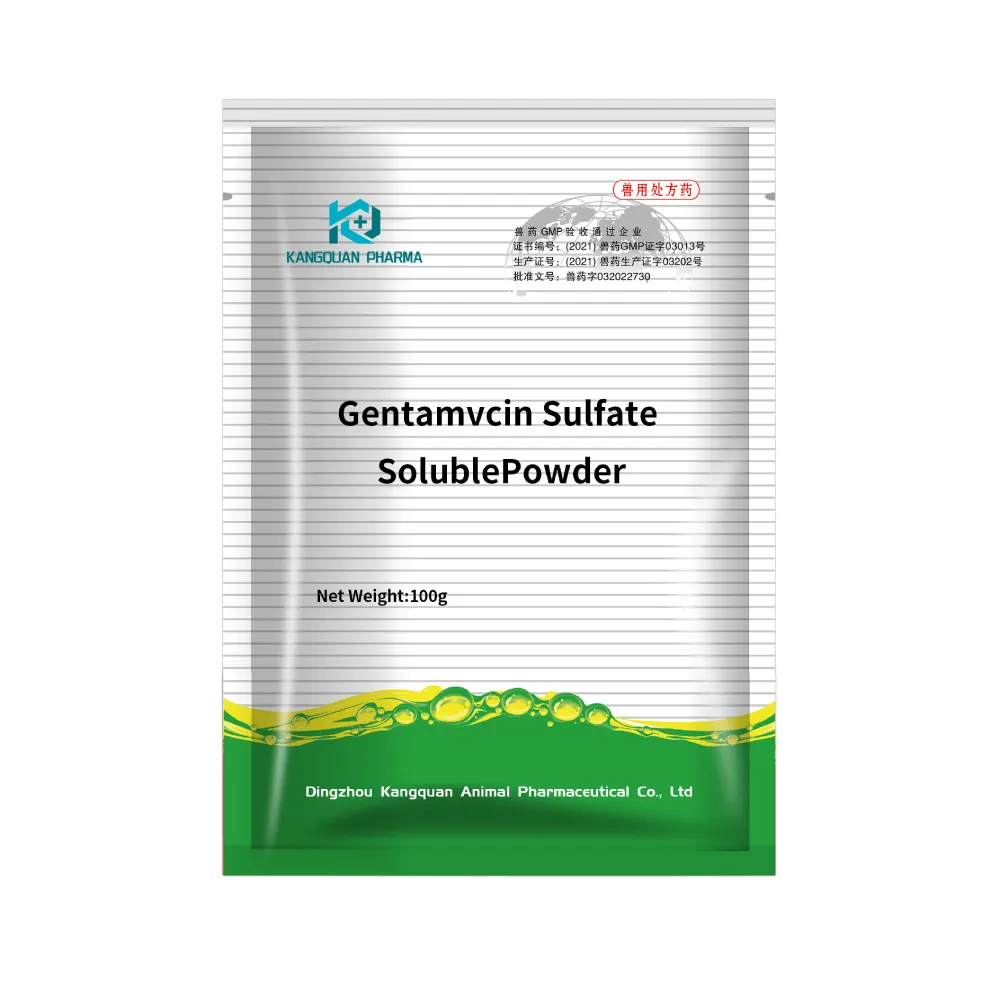- Afrikaans
- Albanian
- Amharic
- Arabic
- Armenian
- Azerbaijani
- Basque
- Belarusian
- Bengali
- Bosnian
- Bulgarian
- Catalan
- Cebuano
- Corsican
- Croatian
- Czech
- Danish
- Dutch
- English
- Esperanto
- Estonian
- Finnish
- French
- Frisian
- Galician
- Georgian
- German
- Greek
- Gujarati
- Haitian Creole
- hausa
- hawaiian
- Hebrew
- Hindi
- Miao
- Hungarian
- Icelandic
- igbo
- Indonesian
- irish
- Italian
- Japanese
- Javanese
- Kannada
- kazakh
- Khmer
- Rwandese
- Korean
- Kurdish
- Kyrgyz
- Lao
- Latin
- Latvian
- Lithuanian
- Luxembourgish
- Macedonian
- Malgashi
- Malay
- Malayalam
- Maltese
- Maori
- Marathi
- Mongolian
- Myanmar
- Nepali
- Norwegian
- Norwegian
- Occitan
- Pashto
- Persian
- Polish
- Portuguese
- Punjabi
- Romanian
- Russian
- Samoan
- Scottish Gaelic
- Serbian
- Sesotho
- Shona
- Sindhi
- Sinhala
- Slovak
- Slovenian
- Somali
- Spanish
- Sundanese
- Swahili
- Swedish
- Tagalog
- Tajik
- Tamil
- Tatar
- Telugu
- Thai
- Turkish
- Turkmen
- Ukrainian
- Urdu
- Uighur
- Uzbek
- Vietnamese
- Welsh
- Bantu
- Yiddish
- Yoruba
- Zulu
Nov . 21, 2024 01:05 Back to list
gentamicin sulfate topical
Gentamicin Sulfate Topical An Overview
Gentamicin sulfate is a broad-spectrum antibiotic that belongs to the aminoglycoside class of antibiotics. It is primarily used to treat various bacterial infections, particularly those caused by Gram-negative bacteria. While gentamicin is available in various forms, topical formulations have gained popularity for treating localized infections, particularly in wound care, skin infections, and ocular conditions.
Mechanism of Action
Gentamicin works by inhibiting bacterial protein synthesis, leading to a disruption in bacterial growth and reproduction. By binding to the 30S ribosomal subunit of the bacteria, it causes misreading of mRNA, which ultimately results in the production of nonfunctional or toxic proteins. This action effectively stops the bacteria from multiplying and allows the immune system to eliminate the pathogens.
Indications for Use
Gentamicin sulfate topical formulations are commonly prescribed for treating localized infections such as
1. Wound Infections It is often utilized in the management of infected wounds, including surgical wounds, diabetic ulcers, and pressure sores. Its antibacterial properties help prevent secondary infections in compromised skin.
2. Skin Infections Conditions like impetigo, folliculitis, and superficial skin infections caused by susceptible bacteria can be effectively treated with topical gentamicin.
3. Ocular Infections Gentamicin eye drops or ointments are used to treat bacterial conjunctivitis and keratitis, providing targeted therapy to the eye while minimizing systemic absorption.
gentamicin sulfate topical

Application and Dosage
The application of gentamicin sulfate topical formulations should follow the healthcare provider's recommendations. Generally, a small amount of the ointment or cream is applied to the affected area one to three times daily, depending on the severity of the infection. It is crucial to cleanse the area before application to ensure that the antibiotic penetrates effectively.
Patients should be informed to avoid using the medication on large areas of the skin, on burns, or near the eyes unless specifically directed by a healthcare professional. Prolonged use should also be avoided to mitigate the risk of developing antibiotic resistance and potential side effects.
Side Effects and Precautions
Although gentamicin sulfate is generally well tolerated, some individuals may experience localized side effects such as skin irritation, redness, or allergic reactions. It is essential to monitor the treated area for any signs of worsening infection or adverse reactions.
Patients with known hypersensitivity to aminoglycosides should avoid using gentamicin. Additionally, caution is advised when using this medication in conjunction with other topical agents to prevent potential drug interactions.
Conclusion
Gentamicin sulfate topical formulations play a vital role in treating various localized bacterial infections. With its effective antibacterial action and ease of use, it has become an essential tool in both acute and chronic wound management. However, proper application, awareness of potential side effects, and adherence to medical advice are critical to ensuring therapeutic success and minimizing risks. Always consult with a healthcare provider for the appropriate use of gentamicin sulfate topical, especially if symptoms persist or worsen.
-
Guide to Oxytetracycline Injection
NewsMar.27,2025
-
Guide to Colistin Sulphate
NewsMar.27,2025
-
Gentamicin Sulfate: Uses, Price, And Key Information
NewsMar.27,2025
-
Enrofloxacin Injection: Uses, Price, And Supplier Information
NewsMar.27,2025
-
Dexamethasone Sodium Phosphate Injection: Uses, Price, And Key Information
NewsMar.27,2025
-
Albendazole Tablet: Uses, Dosage, Cost, And Key Information
NewsMar.27,2025













